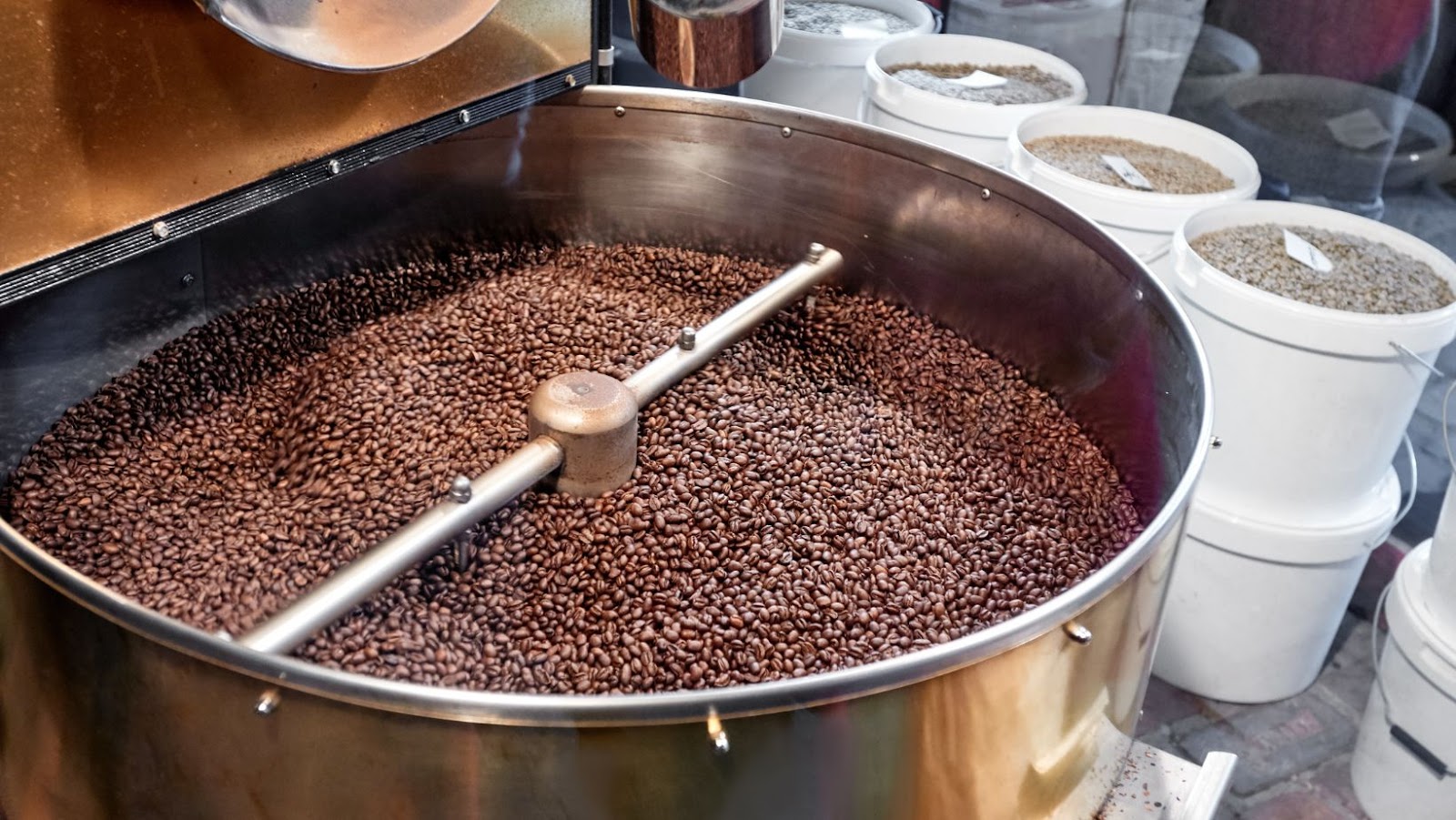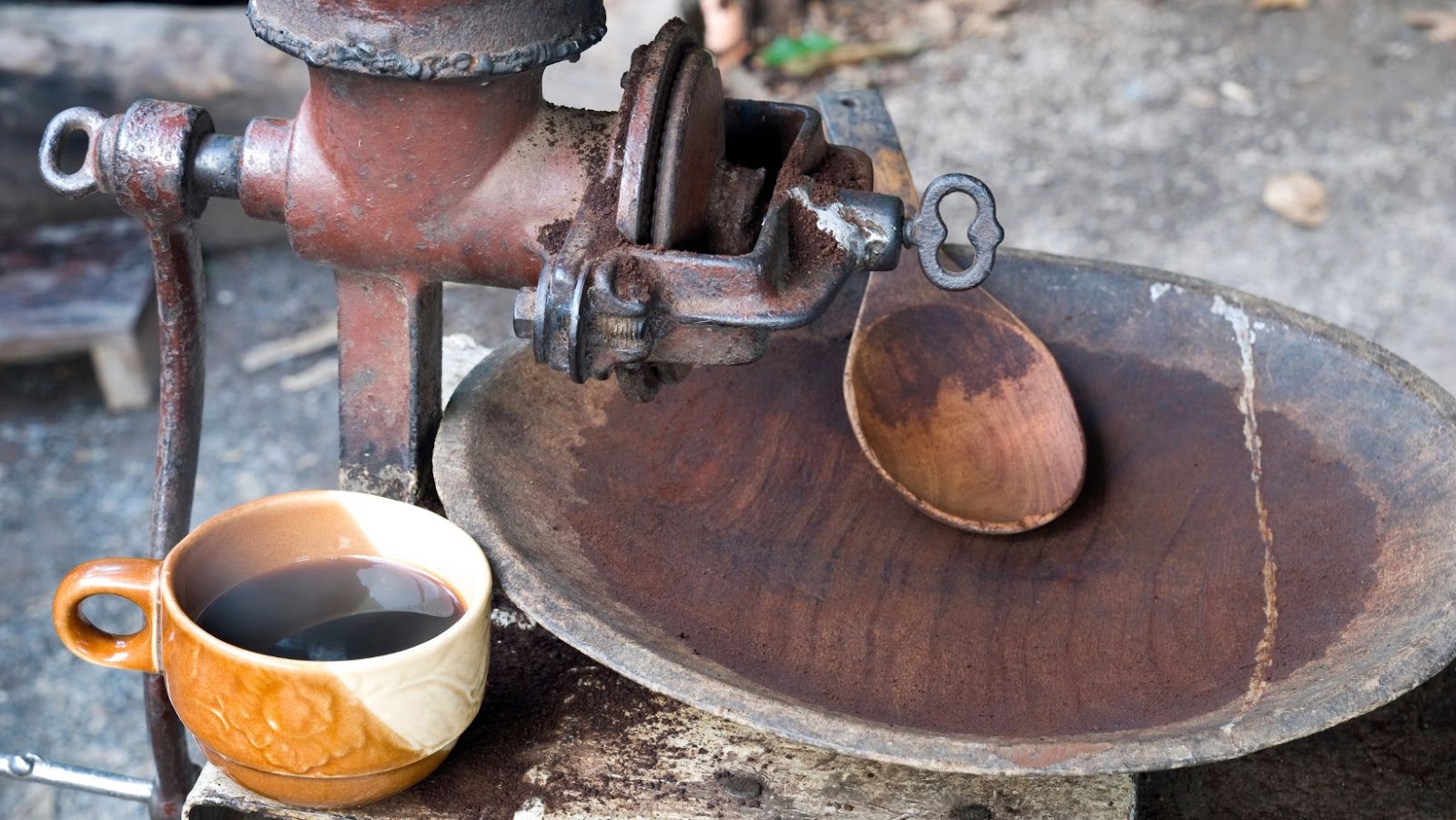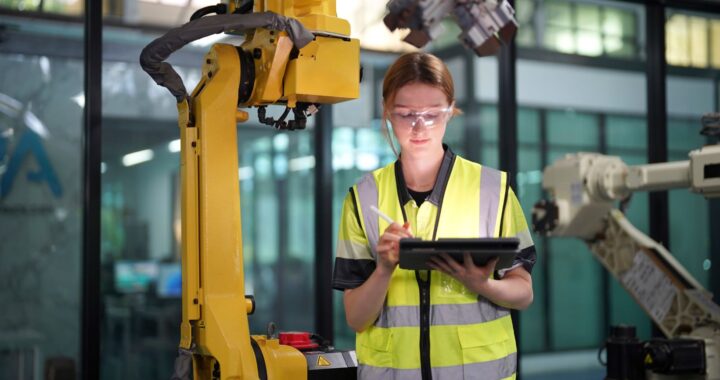
Alternative Methods For Grinding Coffee Beans
Grinding coffee beans is an essential part of brewing a fresh cup of coffee. However, with the question of whether you can grind coffee beans in a blender or food processor, the answer is both yes and no. While these appliances can grind coffee beans, they are not designed specifically for it and may result in inconsistent grinds.
In case you want to try grinding your coffee beans in a blender or food processor, follow these six easy steps:
- Measure out the desired amount of beans.
- Add them to your blender or food processor.
- Pulse in short bursts for consistent grounds.
- Check the consistency and texture regularly by opening the lid and using a spoon.
- Grind the remaining beans until you reach your desired consistency.
- Clean the blender or food processor thoroughly before use to avoid unwanted flavors mixing into future blends.
While it may seem convenient to use household appliances instead of buying a grinder specifically made for coffee, there are certain drawbacks that should be considered. The blade’s angle will determine how consistently it grinds coffee. Coffee grinders have blades at a 90-degree angle while blenders have them at a 45-degree angle. Lack of consistency may make it challenging to find the perfect balance between over-extracted bitter taste or under-extracted sour taste.
In summary, grinding coffee in a blender or food processor is feasible but with its downsides. To avoid affecting your brew’s flavor profile, consider investing in a quality burr grinder that delivers more consistent results.
Don’t miss out on enjoying more flavorful and aromatic brewed cups of coffee; purchase a good quality grinder today!
Who needs a fancy grinder when you can just toss those beans in a blender and watch them get demolished? #coffeebybruteforce
Can You Grind Coffee Beans in a Blender or Food Processor
To grind your coffee beans without a traditional coffee grinder, you have alternative methods at your disposal. Achieving a consistent grind is essential for excellent coffee, so consider using a mortar and pestle, rolling pin, or manual grinder. These methods may require a bit of elbow grease, but they can be just as effective as a standard coffee grinder.
Using a Mortar and Pestle
For coffee enthusiasts who don’t have access to an electric grinder, there are other ways of grinding beans. One method is by using a Mortar and Pestle, which can produce a finer or coarser grind depending on preference.
Here’s a 6-step guide on how to use this traditional tool:
- Measure the desired amount of coffee beans.
- Place the beans in the mortar.
- Use the pestle to begin crushing and grinding the beans.
- Continue grinding until you reach your desired consistency.
- Pour out the ground coffee from the mortar.
- Clean both the mortar and pestle with warm water and dry them completely.
When using a Mortar and Pestle, it’s important to note that it may take more effort and time compared to an electric grinder. However, this method doesn’t generate heat during grinding, which can affect the quality of the coffee taste.
Another benefit of using a Mortar and Pestle is that since it’s a manual process, it allows for more control over the grind size. This is especially useful for those who prefer a consistent grind every time they make their coffee.
A study conducted by Specialty Coffee Association revealed that when coffee is ground consistently and at the right size particle, it can result in better flavor extraction during brewing.
It’s always good to experiment with different methods of grinding beans to discover which technique produces your desired taste. Using a Mortar and Pestle may be an alternative way of producing fresh grounds without relying on electricity.
If you’re feeling a bit like a caveman, using a rolling pin to grind your coffee beans might just be your cup of tea.
Using a Rolling Pin
Rolling Coffee Beans – A Unique Grinding Method
If you are looking for an alternative way to grind coffee beans, why not try using a rolling pin? Using this technique, you can achieve a coarse or fine grind that is perfect for your preferred brewing method.
- Start by placing the desired amount of coffee beans into a sealable plastic bag.
- Using the rolling pin, gently apply pressure and roll over the bag until the beans reach the desired coarseness.
- For a finer grind, repeat step 2 multiple times until satisfied.
- Once finished, pour out the coffee grounds from the bag into your preferred brewing apparatus.
- Ensure all coffee grinds are removed from the bag before storing it for future use.
- Enjoy your freshly ground coffee!
This unique method takes a little more physical effort than traditional methods but creates an excellent tasting cup of coffee every time.
Give ‘Rolling Coffee Beans’ a try today! Who needs a gym when you can get your daily arm workout from grinding your coffee beans manually?
Using a Manual Grinder
Manual Coffee Grinding: Discover How to Grind Coffee Beans Manually
Grinding coffee manually can be a satisfying experience for many coffee enthusiasts. Whether you enjoy the process or want greater control over your coffee’s flavor, using a manual grinder is an excellent option.
Here is a guide to make the most out of using a manual grinder:
- Select your beans and prepare them for grinding.
- Adjust your grinder’s settings to suit your preferred brewing method.
- Place the beans in the hopper and start grinding.
- Grind until you have reached the desired consistency and amount of grounds needed.
- Use ground beans immediately.
- Clean up by removing all components, washing them with soap and water, then drying before storing.
In addition to being able to customize their drink, manual grinders often facilitate portability for travel or outdoor adventures.
Consider investing in a high quality manual grinder for your home setup or gift it to a fellow coffee lover. Don’t miss out on enjoying a sweet cup of delicious coffee prepared from fresh grounds at any time.
Choosing alternative methods for grinding coffee beans is like playing Russian roulette – you never know whether you’ll end up with a perfect cup or a disappointing one.
Advantages and Disadvantages of Alternative Methods
To weigh the pros and cons of alternative methods for grinding coffee beans, you need a clear perspective. With the section ‘Advantages and Disadvantages of Alternative Methods’ with sub-sections ‘Advantages’ and ‘Disadvantages’, you can make an informed decision on your preferred grinding method.
Advantages
The benefits of alternative methods are numerous and worth considering. One significant advantage is their ability to reduce costs, as most alternative methods rely on natural resources that are readily available. Furthermore, these methods often have a lighter environmental footprint than traditional techniques.
| Advantages | Examples |
| Cost-effective | Using solar energy, wind power, or hydroponics can be more affordable in the long run |
| Sustainable | Alternative practices such as organic farming and sustainable forestry promote ecological balance and preserve resources |
| Healthier | Alternative medicine approaches emphasize natural remedies over pharmaceuticals |
| Innovative | Technology advancements have led to creative solutions like vertical farming and 3D printing |
It’s worth noting that not all alternative methods are perfect solutions; each method has its own set of limitations. For instance, some require extensive training or expertise before implementation. Additionally, some may face opposition from stakeholders who favor traditional approaches.
Pro Tip: Before deciding on any alternative approach, conduct thorough research to ascertain potential drawbacks and ensure its suitability for your unique circumstances.
Unfortunately, using alternative methods won’t turn your enemies into frogs, but it might turn your experiments into disasters.
Disadvantages
Potential limitations of alternative approaches
Alternative methods offer a wide range of benefits, but they also come with certain limitations that need to be considered before implementation. These drawbacks include:
- Higher initial costs can be involved; it may take some time until the return on investment is realized.
- There might be additional training required for staff members to adapt to changes in procedures and processes.
- The quality and accuracy of data might not always be as strong as traditional methods due to limited access or availability.
- Implementation might require modification of current systems or workflows, which could disrupt operations until new procedures are established.
- Alternative methods may need validation of results using more traditional methods before being fully accepted by regulatory authorities.
It is important to note that despite these potential limitations, most alternative methods offer significant long-term advantages that outweigh any short-term downsides.
To ensure successful integration, companies should put plans in place that address any possible snags in advance.
A Pro Tip: Before implementing an alternative method, thorough research and consultation with experts is recommended.







